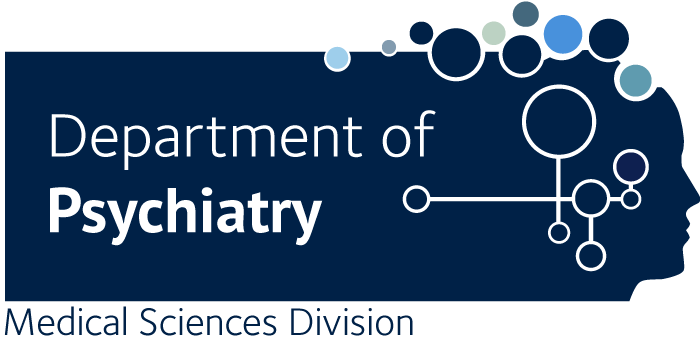Priority mental, neurological and substance use disorders in rural Kenya: Traditional health practitioners' and primary health care workers' perspectives.
Bitta MA., Kariuki SM., Gona J., Abubakar A., Newton CRJC.
BACKGROUND: Over 75% of people with mental neurological and substance use disorders (MNSD) live in low and middle-income countries with limited access to specialized care. The World Health Organization's Mental Health Gap Action Program (mhGAP) aims to address the human resource gap but it requires contextualization. AIMS: We conducted a qualitative study in rural coastal Kenya to explore the local terms, perceived causes and management modalities of priority MNSD listed in the mhGAP, to inform implementation in this setting. METHODS: We conducted 8 focus group discussions with primary health care providers and traditional health practitioners and used the framework method to conduct thematic analysis. We identified local terms, perceived causes and treatment options for MNSD. We also explored possibilities for collaboration between the traditional health practitioners and primary health care providers. RESULTS: We found local terms for depression, psychoses, epilepsy, disorders due to substance use and self-harm/ suicide but none for dementia. Child and adolescent mental and behavioral problems were not regarded as MNSD but consequences of poor parenting. Self-harm/suicide was recognized in the context of other MNSD. Causes of MNSD were broadly either biological or supernatural. Treatment options were dependent on perceived cause of illness. Most traditional health practitioners were willing to collaborate with primary health care providers mainly through referring cases. Primary health care providers were unwilling to collaborate with traditional health practitioners because they perceived them to contribute to worsening of patients' prognoses. CONCLUSIONS: Local terms and management modalities are available for some priority MNSD in this setting. Community level case detection and referral may be hindered by lack of collaboration between traditional health practitioners and primary health care providers. There is need for training on the recognition and management of all priority MNSD.

